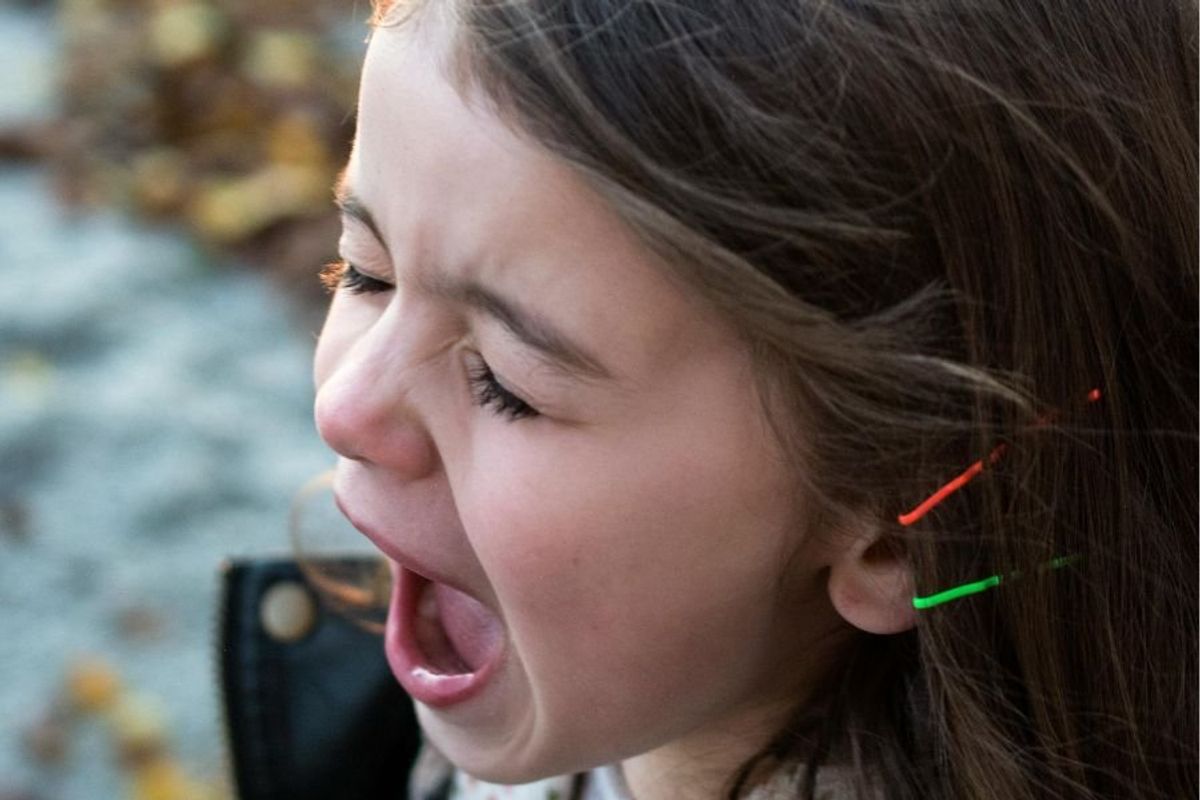Debunked: Negative parenting images have zero impact on people's desire to have kids
People quip about misbehaving kids being "birth control," but that's not what the research shows.

"Baby fever" is hard to beat.
The desire to become a parent is at once an incredibly simple biological impulse and a complex psychological decision. As mammals, we have an innate evolutionary drive to reproduce and pass on our genes. As humans, we may feel compelled to nurture a child, to grow a family, to leave a lineage and legacy behind…or we may not.
Some people don't feel the desire to have children, but research shows most young adults do. The phenomenon known as "baby fever" is real, and it happens to both women and men. For women, the desire for a baby tends to start off strong and decrease with age and after having children, whereas for men baby fever tends to increase as they get older.
But how does popular culture impact that desire? Do parenting depictions in media and advertisements have an influence one way or another?
Those are the questions researchers from the UBC Sauder School of Business explored in a 2022 study published in the Journal of Experimental Psychology: Applied.
“Advertising and social media play an important role in how we view the world. In general, what we see on Instagram and Facebook are positive portrayals of parenthood, with #blessed and #bestkidsever. How often do we see parents post #mykidsareterrible?” asked study co-author Dr. Lisa Cavanaugh. “We wanted to see if, by simply showing pictures of kids in advertising, we could affect the desire to have children.”
The study authors observed 1,093 childless young adults between the ages of 18-35 as they viewed positive and negative parent-child advertisements and ads with the children removed (neutral images). Positive images showed things like a parent and child smiling while interacting or doing something fun and creative together, while negative images showed children having meltdowns or parents clearly exasperated with a child's misbehavior.
What they found was that positive parenting images increased the participants' desire to have a child by 22 percent compared to the neutral images. However, there was no inverse effect with the negative parent-child images.
In fact, there was no negative effect at all. Seeing parenting being portrayed negatively did not change participants' minds about wanting to have a child.
“These are people who don’t yet have children, so it could be they see the comedy in kids behaving badly. When it’s not you trying to clean up the mess or get a child to eat before you go to work, it can be humorous,” Dr. Cavanaugh posited. “But we can say with certainty that people without children who saw these negative parent-child moments were not dissuaded.”
One thing the authors found in measuring how negative parenting images impacted "baby fever" was that both positive and negative parenting images evoked a sense of empathy in participants, which correlated with a greater desire to have children. Even the negative parenting images tended to create an empathic response (though not as significantly as the positive parenting images did) leading to a slight increase in desire to have a child.
"Further bolstering the importance of empathic emotions in understanding the desire to have children, our results indicated that the depiction of negative parent–child moments also increases the desire to have children via empathic emotions," the authors wrote. "This finding suggests that the valence of parent–child images (i.e., that they are positive and sweet) may be less critical to the increased desire to have children. Instead, empathic emotions seem to be critical in predicting the desire to have children."
So perhaps the quips we see on social media posts of misbehaving children or stressed out parents about them being "birth control" really are just jokes. According to this study, "baby fever" isn't so easily brought down.





 Dexters Laboratory What A Fine Day For Science GIF
Dexters Laboratory What A Fine Day For Science GIF The bread doesn't lie. Facebook/Jaralee Metcalf
The bread doesn't lie. Facebook/Jaralee Metcalf Rihanna Nails GIF
Rihanna Nails GIF A Gen X text convo with Gen ZPhoto credit: Annie Reneau
A Gen X text convo with Gen ZPhoto credit: Annie Reneau Oh Yeah Mic Drop GIF by Taylor Bisciotti
Oh Yeah Mic Drop GIF by Taylor Bisciotti